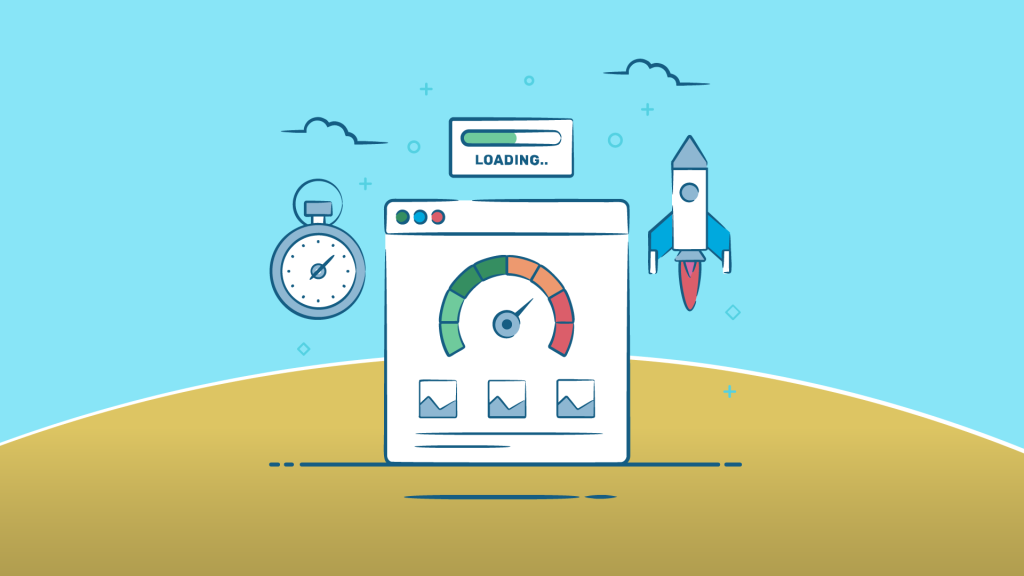Table of Contents

Zero-click search optimization is a critical aspect to the modern day Google SEO. With the rise of zero-click searches—where Google delivers answers directly on the search results page—the approach to SEO is evolving. Whether it’s a quick definition, today’s weather, or a calculation, these searches provide users with instant solutions, making it essential to adapt your strategy.
So, how do you stay ahead of the game and make sure your content shines in this competitive space? Let’s dive into what zero-click search optimization means and how you can use it to rank #1 in Google search and grab that prime online real estate.

What Is Zero-Click Search and Why Does It Matter?
You’ve probably noticed that sometimes you don’t even need to click a link to find the answer to your search query. Whether it’s a featured snippet, a knowledge panel, or a “People Also Ask” section, these results aim to provide users with instant information.

Here’s why this matters for your website:
- Higher Visibility: If your content is featured in a snippet or knowledge panel, it gets premium visibility—even if users don’t click through.
- Authority and Trust: Google doesn’t pick just any website for these spots. If your site shows up, it builds credibility and positions you as a trusted source.
- Brand Recognition: Even if there’s no immediate traffic, users remember your name, which pays off in the long run.
How to Rank for Zero-Click Search
Now that we know why quick answers are important, let’s look at how to optimize your content for these results.
- Answer Questions Clearly and Concisely
Zero-click results thrive on quick answers. Identify common questions in your niche and provide straightforward, easy-to-digest responses. For example, if you’re an SEO expert, a question like “What is on-page SEO?” should have a direct, well-structured answer within the first few lines of your content. - Use Structured Data (Schema Markup)
Ever noticed those star ratings or recipe details that pop up in search results? That’s structured data in action. Adding schema markup to your website helps Google understand your content better and makes it more likely to show up in rich results. - Focus on Long-Tail Keywords
Long-tail keywords (think “how to improve website SEO quickly” instead of just “SEO tips”) are often the queries behind zero-click searches. By tailoring your content to these specific searches, you increase your chances of being featured. To know more about long-tail keywords, read more on Marque Masters - Leverage Featured Snippets
Featured snippets are like gold in the zero-click world. To claim one, structure your content with headers, bullet points, and numbered lists. Think of it as answering questions directly in a format Google can easily pull into the SERP. - Don’t Forget User Experience
Google doesn’t just reward great content; it also values fast and user-friendly websites. Make sure your site loads quickly, is mobile-friendly, and is easy to navigate. The better the experience, the higher your chances of appearing in zero-click search results.

Best Practices to Boost Your Zero-Click SEO Strategy
- Optimize Meta Titles and Descriptions
The first things that users see in the search results are your meta title and description. Make them catchy, concise, and keyword-rich to increase your click-through rate—even for zero-click searches. - Update and Refresh Content Regularly
Zero-click searches thrive on current and relevant information. Periodically update your content to keep it fresh and ensure it meets Google’s quality standards. - Track Performance
Use tools like Google Analytics or Search Console to monitor how your content is performing in search results. This will help you get a clear picture of what works for you and where you can improve.
Why Zero-Click Search Is the Future

It’s no secret that Google’s ultimate goal is to satisfy users’ queries instantly. While traditional rankings will always matter, zero-click search results are becoming the new benchmark for success. By adapting to this trend and optimizing your content accordingly, you’ll not only rank higher but also solidify your brand’s position as an authority in your industry.
The path to 1st rank SEO isn’t just about clicks anymore—it’s about showing up where it matters most. So, focus on creating value, optimizing smartly, and embracing the power of zero-click searches.

















